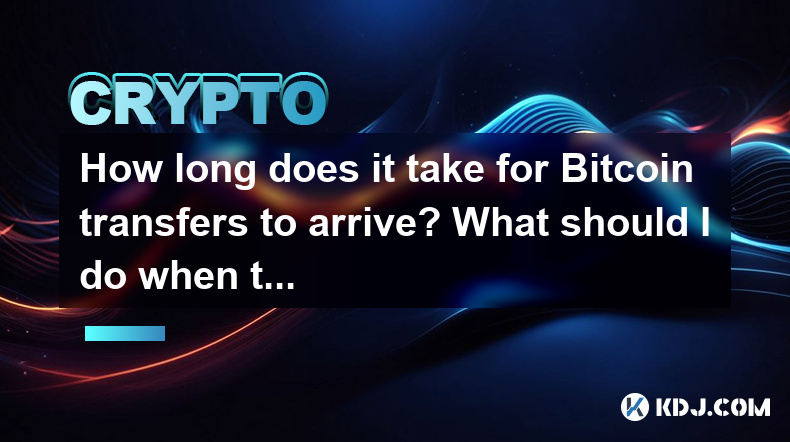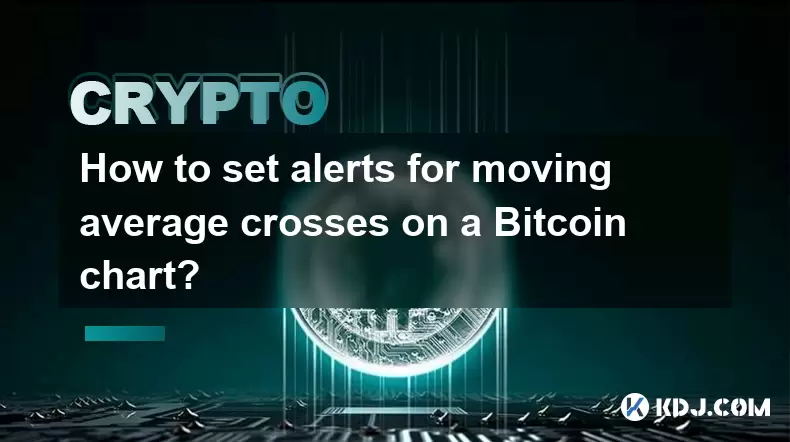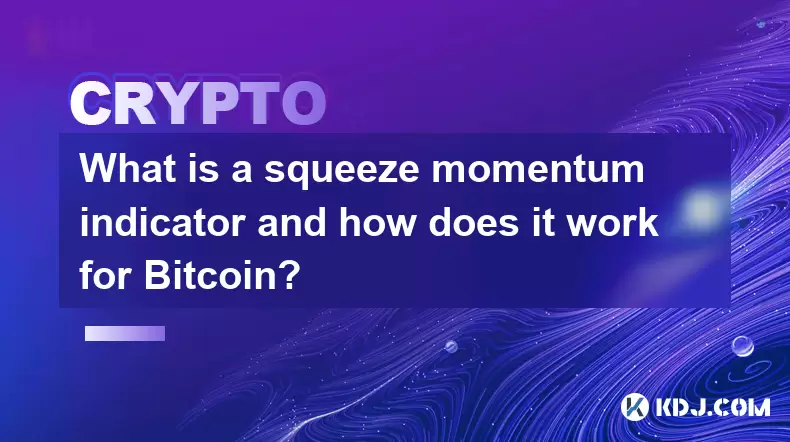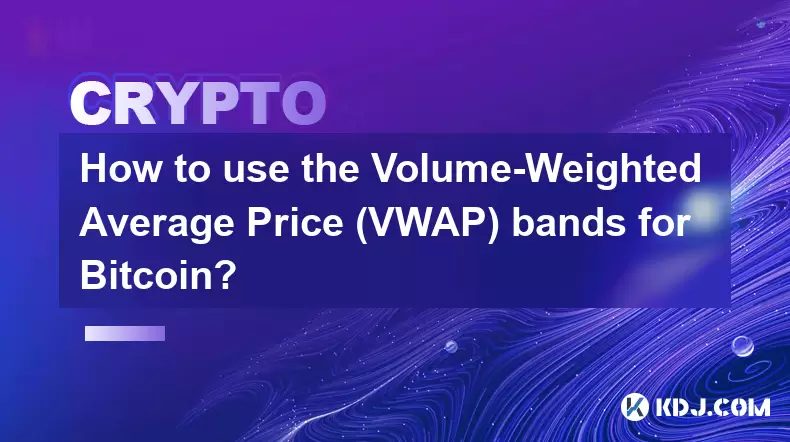-
 Bitcoin
Bitcoin $108,017.2353
-0.81% -
 Ethereum
Ethereum $2,512.4118
-1.58% -
 Tether USDt
Tether USDt $1.0002
-0.03% -
 XRP
XRP $2.2174
-1.03% -
 BNB
BNB $654.8304
-0.79% -
 Solana
Solana $147.9384
-1.76% -
 USDC
USDC $1.0000
-0.01% -
 TRON
TRON $0.2841
-0.76% -
 Dogecoin
Dogecoin $0.1636
-2.09% -
 Cardano
Cardano $0.5726
-1.72% -
 Hyperliquid
Hyperliquid $39.1934
1.09% -
 Sui
Sui $2.9091
-0.59% -
 Bitcoin Cash
Bitcoin Cash $482.1305
0.00% -
 Chainlink
Chainlink $13.1729
-1.54% -
 UNUS SED LEO
UNUS SED LEO $9.0243
-0.18% -
 Avalanche
Avalanche $17.8018
-1.90% -
 Stellar
Stellar $0.2363
-1.69% -
 Toncoin
Toncoin $2.7388
-3.03% -
 Shiba Inu
Shiba Inu $0.0...01141
-1.71% -
 Litecoin
Litecoin $86.3646
-1.98% -
 Hedera
Hedera $0.1546
-0.80% -
 Monero
Monero $311.8554
-1.96% -
 Dai
Dai $1.0000
-0.01% -
 Polkadot
Polkadot $3.3473
-2.69% -
 Ethena USDe
Ethena USDe $1.0001
-0.01% -
 Bitget Token
Bitget Token $4.3982
-1.56% -
 Uniswap
Uniswap $6.9541
-5.35% -
 Aave
Aave $271.7716
0.96% -
 Pepe
Pepe $0.0...09662
-1.44% -
 Pi
Pi $0.4609
-4.93%
How long does it take for Bitcoin transfers to arrive? What should I do when the network is congested?
Bitcoin transfer times vary from minutes to hours, influenced by fees, network congestion, and confirmations; use RBF or accelerators for faster processing during high traffic.
Apr 28, 2025 at 08:43 pm

Understanding Bitcoin Transfer Times
Bitcoin transfers, or transactions, are known for their variability in processing times. The time it takes for a Bitcoin transfer to arrive can range from a few minutes to several hours. This variability is influenced by several factors, including the transaction fee, network congestion, and the number of confirmations required. Typically, a transaction is considered complete after it has been confirmed by the Bitcoin network, which usually requires at least one confirmation, though many services and exchanges wait for six confirmations for added security.
Factors Affecting Bitcoin Transfer Times
Several key elements determine how long it will take for your Bitcoin transfer to be processed:
- Transaction Fee: Higher fees incentivize miners to prioritize your transaction, leading to faster processing times. If you set a low fee, your transaction might take longer to be included in a block.
- Network Congestion: During periods of high network activity, the Bitcoin blockchain can become congested, causing delays. More transactions waiting to be processed mean miners have more to choose from, and those with lower fees might be delayed.
- Number of Confirmations: The number of confirmations required by the recipient affects the perceived transfer time. Each confirmation adds about 10 minutes on average, as this is the typical time it takes for a new block to be added to the blockchain.
What to Do When the Network is Congested
When the Bitcoin network is congested, you can take several steps to ensure your transaction is processed more quickly:
- Increase the Transaction Fee: If your transaction is stuck, you can attempt to replace-by-fee (RBF) by resubmitting the transaction with a higher fee. This tells miners to prioritize your new transaction over the old one.
- Use a Transaction Accelerator: Some services, like ViaBTC or BTC.com, offer transaction accelerators. These services allow you to pay a fee to have your transaction included in the next block.
- Wait it Out: Sometimes, the simplest approach is to wait. If the congestion is temporary, your transaction will eventually be processed as the network clears up.
How to Check the Status of Your Bitcoin Transfer
To monitor the status of your Bitcoin transfer, you can use a blockchain explorer. Here are the steps to do so:
- Find Your Transaction ID (TXID): This is the unique identifier for your transaction, which you can find in your wallet or from the transaction receipt.
- Visit a Blockchain Explorer: Websites like Blockchain.com, BlockCypher, or BTC.com allow you to enter your TXID and view detailed information about your transaction.
- Check the Number of Confirmations: The explorer will show you how many confirmations your transaction has received. More confirmations mean your transaction is more secure and closer to being finalized.
Tips for Faster Bitcoin Transfers
To minimize the time it takes for your Bitcoin transfers to arrive, consider the following tips:
- Set an Appropriate Fee: Use a fee estimator tool like BitcoinFees.earn.com or Mempool.space to determine the current optimal fee for quick processing.
- Avoid Peak Times: If possible, avoid sending transactions during times of high network activity, such as during major cryptocurrency news events or market volatility.
- Use SegWit Addresses: Sending Bitcoin to SegWit addresses can reduce transaction size, allowing for lower fees and faster processing times.
Common Issues and Solutions
Sometimes, despite your best efforts, you might encounter issues with your Bitcoin transfers. Here are some common problems and their solutions:
- Stuck Transactions: If your transaction is stuck due to a low fee, you can use the replace-by-fee method mentioned earlier. Alternatively, if your wallet supports it, you can cancel the transaction and resend it with a higher fee.
- Double Spending: This occurs when someone attempts to spend the same Bitcoin twice. If you encounter this, the network will eventually reject the second transaction, and the first one will be confirmed.
- Lost Transactions: If you believe your transaction is lost, double-check the TXID in a blockchain explorer. If it's not there, contact your wallet provider for assistance.
Frequently Asked Questions
Q: Can I speed up a Bitcoin transaction after it has been sent?
A: Yes, you can attempt to speed up a Bitcoin transaction by using the replace-by-fee method if your wallet supports it. This involves resubmitting the transaction with a higher fee to incentivize miners to process it faster.
Q: What is the difference between a Bitcoin transaction being 'sent' and 'confirmed'?
A: When a Bitcoin transaction is 'sent,' it means it has been broadcast to the network but has not yet been included in a block. A transaction is 'confirmed' once it has been included in a block and added to the blockchain, which typically takes about 10 minutes per confirmation.
Q: How can I estimate the time it will take for my Bitcoin transfer to arrive?
A: You can estimate the time by considering the current network congestion, the fee you set, and the number of confirmations required by the recipient. Tools like Mempool.space can help you gauge current network conditions and suggest appropriate fees.
Q: Are there any risks associated with using transaction accelerators?
A: While transaction accelerators can speed up your Bitcoin transfer, they usually come with an additional fee. There is also a small risk that the accelerator service might not be able to include your transaction in the next block, though this is rare. Always research and choose reputable services.
Disclaimer:info@kdj.com
The information provided is not trading advice. kdj.com does not assume any responsibility for any investments made based on the information provided in this article. Cryptocurrencies are highly volatile and it is highly recommended that you invest with caution after thorough research!
If you believe that the content used on this website infringes your copyright, please contact us immediately (info@kdj.com) and we will delete it promptly.
- Cryptos in July 2025: Massive Gains or Just Hype?
- 2025-07-05 20:30:13
- Pepe's EVM Layer 2 Meme Coin Mania: What's the Hype?
- 2025-07-05 20:50:12
- Shiba Inu, Dogecoin, and the Crypto Skyrocket: What's Making These Memes Soar?
- 2025-07-05 21:10:12
- Tokenized Stocks: Robinhood, Gemini, and the NYSE Threat
- 2025-07-05 21:10:12
- Altcoin Adventures: Navigating the Pepe Fork Frenzy and Solana's Summer Swings
- 2025-07-05 21:15:12
- Hong Kong's Tokenised Bond Leap: Zero Stamp Duty Sparks Web3 Ambitions
- 2025-07-05 20:30:13
Related knowledge

What is the Woodies CCI indicator and can it be used for Bitcoin?
Jul 04,2025 at 05:14pm
Understanding the Woodies CCI IndicatorThe Woodies CCI indicator is a variation of the traditional Commodity Channel Index (CCI), which was originally developed by Donald Lambert. The standard CCI measures the current price level relative to an average price over a given period, typically 14. However, the Woodies version modifies this calculation to mak...

How to use indicators to trade the opening range breakout for Bitcoin CME futures?
Jul 05,2025 at 07:35pm
What Is the Opening Range Breakout Strategy?The opening range breakout (ORB) strategy is a popular trading technique used in both traditional markets and cryptocurrency futures, particularly for Bitcoin on the CME. This method involves identifying a specific price range formed during the early phase of a trading session and then taking positions when th...

What does a bearish cross on the Stochastic RSI mean for Bitcoin?
Jul 05,2025 at 07:18pm
Understanding the Stochastic RSI IndicatorThe Stochastic RSI (Relative Strength Index) is a momentum oscillator used in technical analysis to identify overbought or oversold conditions in an asset's price. It combines two well-known indicators — the RSI and the Stochastic Oscillator — to provide more nuanced signals than either could alone. The Stochast...

How to set alerts for moving average crosses on a Bitcoin chart?
Jul 05,2025 at 09:21pm
Understanding Moving Average Crosses in Bitcoin TradingMoving average crosses are one of the most commonly used technical indicators among cryptocurrency traders. In the context of Bitcoin, these signals help identify potential trend reversals or confirm ongoing trends. A moving average cross occurs when a short-term moving average (e.g., 9-day EMA) int...

What is a squeeze momentum indicator and how does it work for Bitcoin?
Jul 05,2025 at 07:32pm
Understanding the Squeeze Momentum IndicatorThe Squeeze Momentum Indicator is a technical analysis tool used by traders to identify potential breakout opportunities in financial markets, including cryptocurrencies like Bitcoin. It was developed by John Carter and is widely used among active traders who seek to capture volatility expansions after periods...

How to use the Volume-Weighted Average Price (VWAP) bands for Bitcoin?
Jul 04,2025 at 04:28pm
Understanding the Basics of VWAP BandsThe Volume-Weighted Average Price (VWAP) is a key metric used in trading to determine the average price at which an asset, such as Bitcoin, has traded throughout the day. It takes into account both volume and price, making it more reliable than a simple moving average. VWAP bands are essentially standard deviation c...

What is the Woodies CCI indicator and can it be used for Bitcoin?
Jul 04,2025 at 05:14pm
Understanding the Woodies CCI IndicatorThe Woodies CCI indicator is a variation of the traditional Commodity Channel Index (CCI), which was originally developed by Donald Lambert. The standard CCI measures the current price level relative to an average price over a given period, typically 14. However, the Woodies version modifies this calculation to mak...

How to use indicators to trade the opening range breakout for Bitcoin CME futures?
Jul 05,2025 at 07:35pm
What Is the Opening Range Breakout Strategy?The opening range breakout (ORB) strategy is a popular trading technique used in both traditional markets and cryptocurrency futures, particularly for Bitcoin on the CME. This method involves identifying a specific price range formed during the early phase of a trading session and then taking positions when th...

What does a bearish cross on the Stochastic RSI mean for Bitcoin?
Jul 05,2025 at 07:18pm
Understanding the Stochastic RSI IndicatorThe Stochastic RSI (Relative Strength Index) is a momentum oscillator used in technical analysis to identify overbought or oversold conditions in an asset's price. It combines two well-known indicators — the RSI and the Stochastic Oscillator — to provide more nuanced signals than either could alone. The Stochast...

How to set alerts for moving average crosses on a Bitcoin chart?
Jul 05,2025 at 09:21pm
Understanding Moving Average Crosses in Bitcoin TradingMoving average crosses are one of the most commonly used technical indicators among cryptocurrency traders. In the context of Bitcoin, these signals help identify potential trend reversals or confirm ongoing trends. A moving average cross occurs when a short-term moving average (e.g., 9-day EMA) int...

What is a squeeze momentum indicator and how does it work for Bitcoin?
Jul 05,2025 at 07:32pm
Understanding the Squeeze Momentum IndicatorThe Squeeze Momentum Indicator is a technical analysis tool used by traders to identify potential breakout opportunities in financial markets, including cryptocurrencies like Bitcoin. It was developed by John Carter and is widely used among active traders who seek to capture volatility expansions after periods...

How to use the Volume-Weighted Average Price (VWAP) bands for Bitcoin?
Jul 04,2025 at 04:28pm
Understanding the Basics of VWAP BandsThe Volume-Weighted Average Price (VWAP) is a key metric used in trading to determine the average price at which an asset, such as Bitcoin, has traded throughout the day. It takes into account both volume and price, making it more reliable than a simple moving average. VWAP bands are essentially standard deviation c...
See all articles

























































































